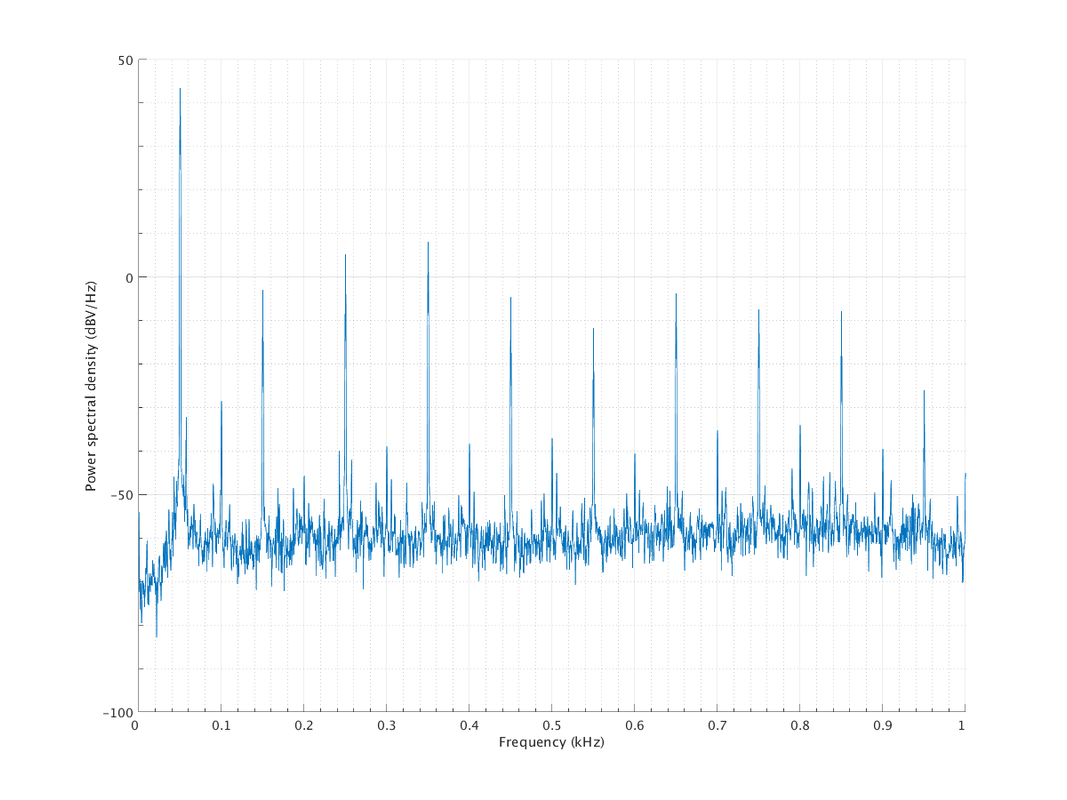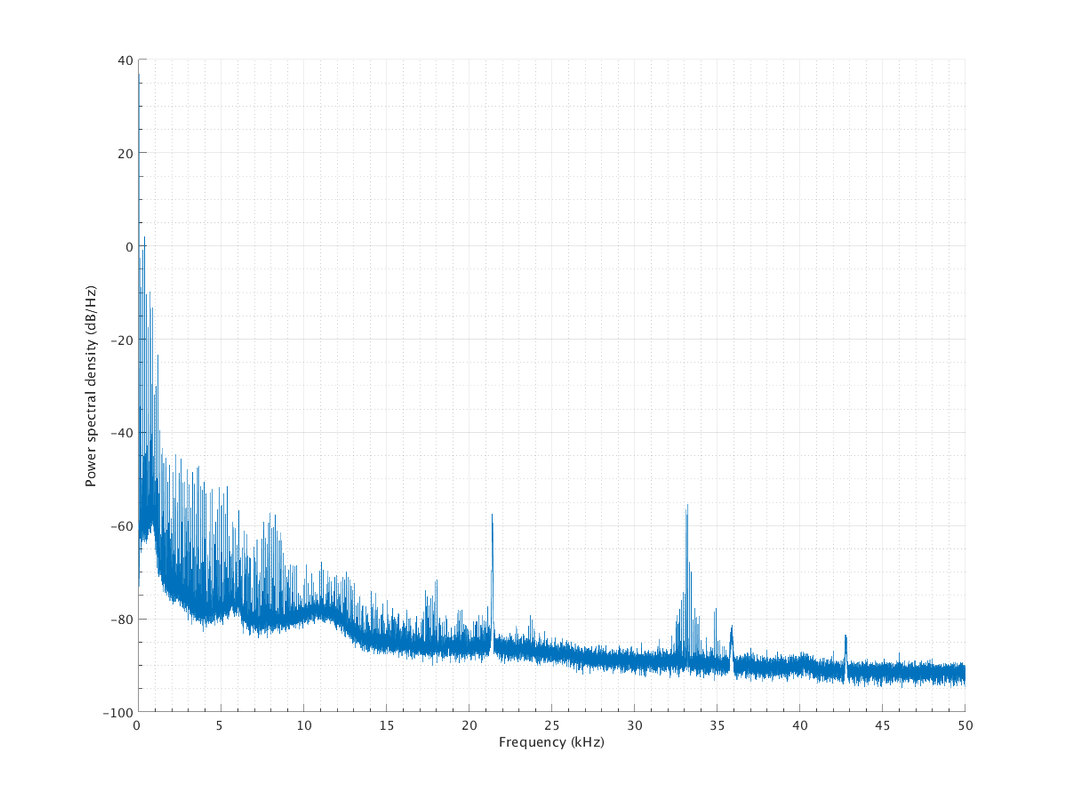So you mean it was good before and good now but whilst you were on the generator it was dulled?
We had a similar thing last year but only the cable that ran from the road to our front door fried. The whole area had a power cut but when it came back on we were the only people who remained in the dark. A massive generator and workmen digging through the night for 4 days didn't endear us to the neightbours! I did listen out for changes in the hifi SQ but couldn't hear anything in our case.
Having said that my turntable had a small but audible/annoying wow, on sustained piano notes in particular. I got a Heed Orbit 2 for peanuts that regulated the power to the turntable rather than relying on stable mains and it solved the problem in an instant.
Pretty much - after the outage the sound stage became two dimensional and the music lacked dynamics and rhythm. It was good and i my impression is that it is even better now - I'm having to turn the volume up less to drive the speakers, the sound is more "in the room" than before and I can definitely hear more detail like the finger work on a double bass that simply wasn't as noticeable before. To my ears the sound is now better than it was pre-outage.
I have a 15w valve based integrated amp - I don't know if these are more susceptible to changes in power than solid state amps .
I put up the post as I was interested to see what the engineering / scientific explanation for this. As a right brained non engineer I'm trying to untangle the responses.
It seems:
1) I may have had "better" or cleaner source from the generator - although from a users perspective it was less consistent during this time - lights dimmed throughout the house when high usage devices like the oven or shower were switched on and , musically, the hi fi sounded flat and under-powered
or
2) The new mains cable might be delivering more consistent power leading to an improvement
or
3) I imagined it all and am an idiot
or any combination of the above.
( Note: Mrs KJB, who occasionally thinks I'm an idiot, thinks the difference in clarity and dynamics is very noticeable)
The outage was on the 1st March. Today they are filling in the final trenches in the road. The blowout has had quite an impact.



